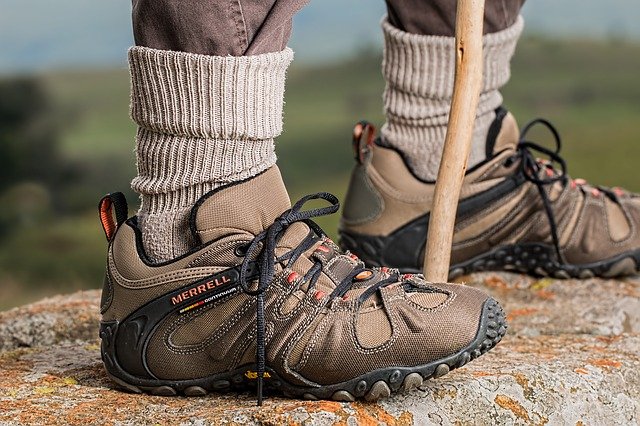Should You Hike in Shoes That Don’t Have Insoles?
The activity of hiking may be a lot of fun, and many people find it to be so, but selecting the proper footwear is critical. Hikes, as opposed to typical strolling around the city, often traverse uneven and difficult terrain.
A pair of hiking shoes that is strong and durable while still providing support and comfort will be required for this work. In truth, hiking boots and shoes must meet a slew of criteria in order to be considered effective.
What about insoles, on the other hand? Using insoles with your hiking shoes is optional, however it is recommended.
Taking Care of Your Tired and Swollen Feet
The fact is that there are two types of insoles: those that provide comfort and those that provide support and stability. There will be some overlap between the two, but in general, insoles are designed to serve one of these two functions.
The odds are that you’ll be trekking for a long distance through uneven and perhaps rocky terrain when it comes to your hiking experience. You’ll need nice hiking shoes, but you’ll also want them to be comfy on your feet when you’re out trekking.
Walking over tough terrain in even the greatest hiking shoes may become unbearably painful after 50 or so kilometers, and insoles can be really beneficial in these situations.
Which is more important: support or comfort?
For those who suffer from back or walking issues, supportive insoles are a terrific and required investment. If you pronate as you walk, you may need supportive insoles to help keep your feet stable and prevent injury.
Is it possible that your back issues are caused by your walking style, and that you need more support beneath your heels to alleviate any pain in your back and hips? In this situation, supportive insoles may be of considerable assistance, and they are best prescribed and placed by a competent podiatrist in a professional setting.
Insoles designed exclusively for comfort are often comprised of very soft materials, such as memory foam, to provide maximum comfort. They are meant to cushion the foot, offer additional comfort, and ensure that hiking shoes or boots have a great, tight fit on the foot.
A hike made more comfy by insoles like these may be much more enjoyable.
What Happens If You Don’t Have Insoles?
Some hiking shoes are equipped with insoles, while others are without. Some folks even remove the insoles from their shoes. The downside is that this might be really painful if you’re walking for an extended period of time.
Because the inside seams and stitching are visible, hiking shoes without insoles may even be less durable than shoes with insoles. Blisters may even form as a result of this.
Choosing the Most Appropriate Hiking Insoles
It’s possible that your hiking shoes already contain insoles, but if your feet are aching or feeling painful on a frequent basis while you’re wearing them, it’s time to hunt for some new ones. It may also be necessary to replace the insoles in your hiking shoes if the ones you presently have are worn out or just do not provide the level of comfort you need when trekking.
It’s common for rigid insoles to need some breaking in before they become comfortable, but after that, they may give all of the support you require. Additionally, if you suffer from foot injuries or other disorders that interfere with your trekking, you should see a podiatrist.
Depending on your situation, your podiatrist may prescribe a certain kind of insole or may have some custom-molded for your feet.
Concluding Remarks
Hiking insoles are often considered to be a need since they may give both support and comfort to the foot. It may be necessary to consult with an expert in order to get the most comfortable insole for one’s hiking shoes, but at the absolute least, one should always use comfortable insoles in hiking shoes.




